Soha Chabrawi
Work focuses on aspects related to Halal slaughter
During the Halal CTEC, FAMBRAS Halal's technical quality manager, Soha Chabrawi, presented a comparative study between the rotating and conventional boxes used during Halal slaughter. Both are devices that contain the cattle in order to avoid risks to the slaughterer.
Soha Chabrawi holds a bachelor's degree in Biological Sciences from the University of Brasília, a master's degree in Neuropsychopharmacology from the University of Brasília and a PhD in Neuroscience and Cognition from the Federal University of ABC. She has worked at the certification body for seven years.
Dr. Soha, what led you to choose this topic for your work? What was your intention through it?
Currently, we have many plants that use pneumatic stunning due to the risk of slitting the throat of live cattle. Since some of our markets do not allow the use of this type of stunning, the alternative would be to use a rotating box so that the animal does not have access to the slitting device, reducing the risks to it. In addition, the benefits to the animal have been scientifically proven - it feels less pain when being slit alive than with a stunner - and to the quality of the meat as well.
Can you explain to us, didactically, what a conventional box is?
The conventional box is a device in which the animal enters and is restrained so that the throat can be cut. Some researchers call it a restraint box. In this conventional box, the animal is positioned in its usual position, with its paws on the floor, and its head is supported by the chin rest so that the throat can be cut.
What about the rotating shower enclosure?
The rotating box is a restraint box that rotates 180 degrees, allowing the animal to stand with its paws up. Ergonomically speaking, access to the neck is easier for the decapitator. Research shows that, in some situations, this position can even be less stressful for the animal. Other studies have shown an increase in corticosteroid levels. Therefore, there is no clear opinion on this topic. However, what is known is that it is very effective in replacing the use of any type of stunner.
In your work, you have demonstrated two concerns. The first was with the welfare of the animal. What does Halal slaughter determine in this regard?
Halal slaughter and animal welfare go hand in hand. One cannot exist without the other, as the main premise of Halal slaughter is to be a ritual that respects the animal and that it suffers as little as possible. All stages of Halal slaughter respect the premises of animal welfare: the time of rest before slaughter, the way an animal is positioned in the box or on the conveyor belt, in the case of poultry, the non-restricted water supply before slaughter, care to ensure that the animal does not see or smell blood before being slaughtered or that it does not see the slaughtering instrument to be used, that is, the knife. All of these precautions are mandatory requirements of Halal slaughter and contribute to the least possible suffering of the animal before slaughter.
What conclusion did you reach through your study? What needs to be done to ensure the animal's well-being?
The study itself was not focused on animal welfare, as this is already guaranteed with halal slaughter. However, the study compared the stress on the animal in a conventional box and in a rotating box. The statistics did not show that the animal slaughtered in the rotating box suffered less than those slaughtered in the conventional box, but our number was too low to be able to guarantee anything with certainty. However, there was a trend that showed that those slaughtered in the rotating box could suffer less based on several stress parameters analyzed. In addition, the physical effort of the slaughterer was noticeably lower in this apparatus.
In your work, you stated that “the rotary box used in Brazil, when compared to the conventional box, has simple advantages in terms of ergonomics, being safer for the slaughterer, as it causes fewer back and wrist injuries”. How can this information be made available to slaughterhouses to preserve the health of these slaughterers? What are the expectations in this regard?
Through a lot of training and awareness of the slaughterhouses.
Finally, what is your assessment of CTec Halal?
Since it was the first, I really think it was very well organized, including the variety of topics that were presented. However, it was possible to notice that many of the evaluators did not read the papers and I believe that this influenced the final questions. Another point is that the presentation time was also too short to have been able to explain a complex work. I suggest that these points be reevaluated.



